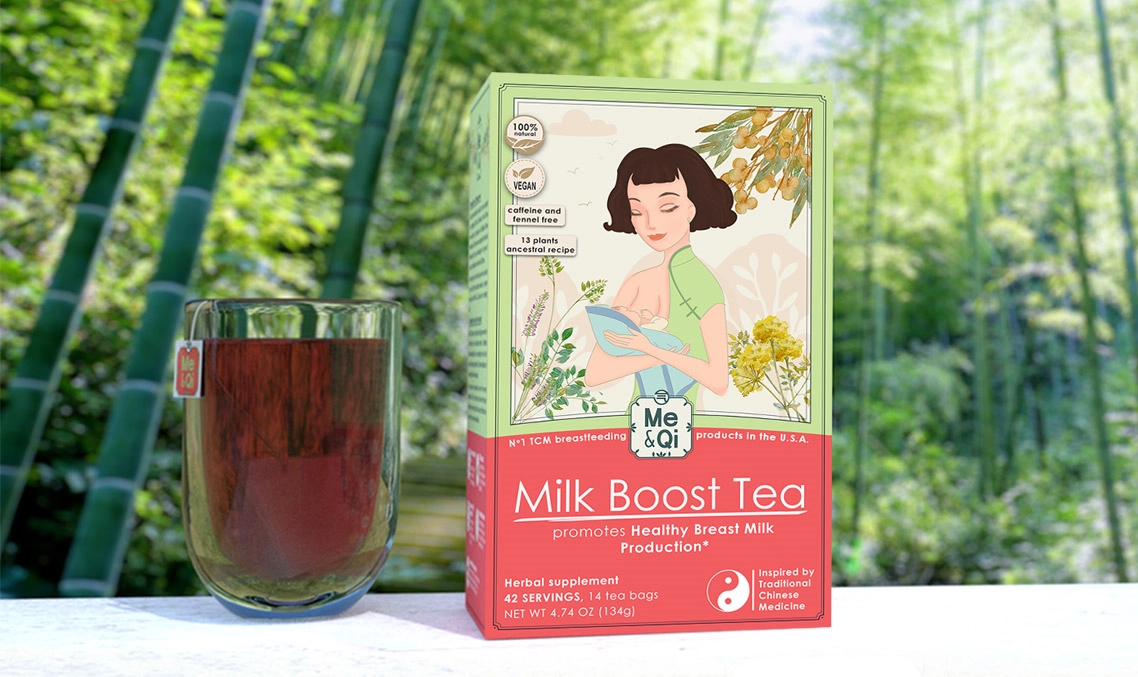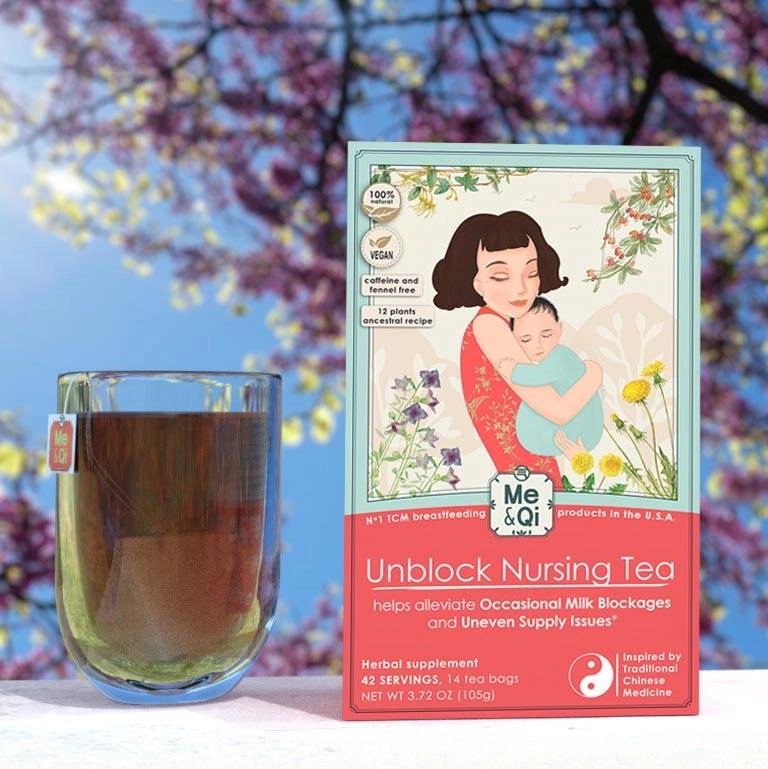Contents
- Inducing lactation for relactation purposes
- Inducing lactation when you have previous lactation experience
- Steps to induce lactation without hormones
Is it possible to induce lactation without hormones or medication. That being said, let's be frank, it's much more difficult and has a lower chance of success.
Most women from Western countries who induce lactation with hormones manage to produce enough milk to cover the majority of their baby’s nutritional needs.1 Very few studies exist on the success rate if you don't use hormones or medication but we know it's much lower.
However some women don't have a choice. They might not be able to obtain the necessary doctor's prescriptions that they need to buy hormones. Or the hormones might have side effects that are unacceptable to them.
For those women we wrote this article, aiming to describe the best practice if you want to induce lactation without hormones or medication. If you're not against using hormones please refer to our other article on inducing lactation with hormones.
Inducing lactation for relactation purposes
If your purpose is relactation, meaning you've already breastfed the same baby you wish to relactate for, your chances of success are much higher. The shorter the gap since your last lactation, the higher your chances of success.
This is especially the case if the baby is less than 6 months old. That means there will likely be some remaining prolactin hormones in your body. Just follow the procedure described above with baby suckling, pumping and galactagogue teas such as Milk Boost Tea.
A study on 50 women who tried relactation using a method similar as the one described above found that 92% of the women achieved exclusive breastfeeding, 6% partial breastfeeding and only 2% didn't achieve any lactation at all.2
Inducing lactation when you have previous lactation experience
If you have previous lactation experience your chances of successfully lactating again are quite high, although not quite as high as in the case of relactation (see above).
What you might not successfully achieve however is exclusive breastfeeding. Only a small minority of women who induce lactation for a baby they didn't previously breastfeed manage to express enough milk to cover all of the baby's nutritional needs. The typical range is between 25% and 75%.
Steps to induce lactation without hormones
Without hormones, inducing lactation is all about pumping, suckling and stimulating your breasts.
Frequency is the most important. You really need to try to extract milk from your breasts every 3 hours. During the night you should have at least 1 pumping session.
Baby suckling is the best breast stimulator! It can be very frustrating for them when they are hungry because their suckling fails to yield food. But their suckling is truly superior to any breast pump.
Prepare a full bottle on your side to feed them as soon as they are off your breast. Or, better yet, buy a "supplemental nursing system" that you can put on your breasts so they get the feeling they breastfeed even though the milk actually comes from a small pouch. This way they remain used to feeding at your breasts instead of the bottle.
You can even try to let your baby suckle your breast when they're not hungry. Some babies like it and use your breasts like a pacifier.
The recommended way to go about each pumping/suckling session is as follows:
- Let your baby suckle until they're really agitated to get actual milk. Alternatively pump on the low to medium setting for approximately 5 minutes.
- Massage, stroke and shake your breasts (see below)
- Let your baby suckle again or pump for another 5 minutes
To massage your breasts, move your fingertips in concentric circles while applying some pressure starting from your chest area and moving towards your nipples. This helps empty your alveoli (the grapes where the milk is stored) into your ducts and therefore drain your breasts.
To stroke your breasts, slide the fingernail side of your finger from the top of your breast towards your nipples. This also helps empty your alveoli into your ducts.
To shake your breasts, lean over and shake your body so as to move your breasts. This makes use of gravity to help once again empty your alveoli into your ducts.
Depending on your individual situation, seeing the first droplets of milk appear can take anywhere between 2-3 weeks to a couple of months. It is a frustrating procedure and it requires a lot of determination to continue!
To help create your milk supply, you should also start drinking galactagogue teas such as Milk Boost Tea. It's packed with 13 different natural plants that each play a role in supporting lactation. These plants have literally been used for millennia to help support women when they breastfeed.


At one stage, when you see you finally express a decent amount of milk, feel free to replace your pumping (if you were pumping at all) by your baby's suckling. If your milk supply is still building, you can keep pumping for 10 minutes after each feeding. This will help to increase your milk supply. Keep drinking Milk Boost Tea as well as it also helps build your supply.
Rarely you might struggle to get more than a small trickle of breast milk. This is sometimes due to your milk ducts not being large enough or being blocked somehow.

If that's your case you might want to give Unblock Nursing Tea a try. It's an herbal tea made of 12 natural herbs that's designed to help fight off engorged breasts and clogged ducts. It might be just what you need to unblock your milk ducts and transform that trickle into a nice flow!
Of course, while you drink the tea it it's critical you continue pumping or suckling your breasts very regularly as that gives your body the signal to keep up your milk production.
Last but not least it's crucial that while you try to induce lactation you stay away from the birth control pill. The birth control pill contains both progesterone and estrogen, 2 hormones that in effect suppress lactation. In fact make sure to stay away from any medication that contains or leads to the production of progesterone and estrogen.
Sources:
1. Auerbach KG, Avery JL. Induced lactation. A study of adoptive nursing by 240 women. American Journal of Diseases of Children (1960). 1981 Apr;135(4):340-343.
2. Seema, MD, A. K. Patwari, MD, DCH, MNAMS, L. Satyanarayana, MSc, Relactation: An Effective Intervention to Promote Exclusive Breastfeeding, Journal of Tropical Pediatrics, Volume 43, Issue 4, August 1997, Pages 213–216, https://doi.org/10.1093/tropej/43.4.213

